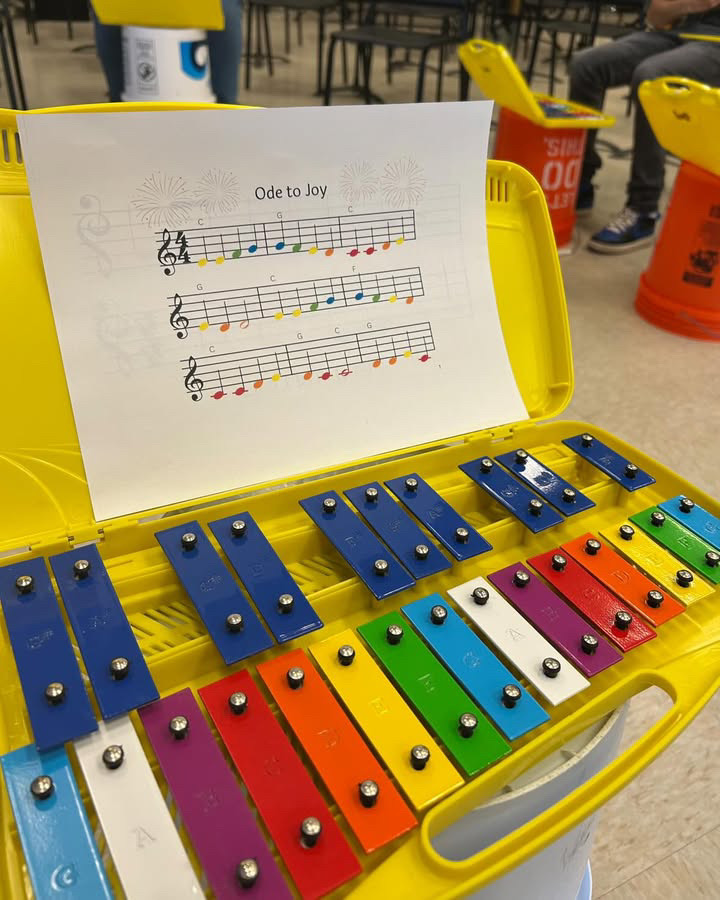
While CDs have been superseded by iTunes and Spotify and DVDs have been replaced by HBO and Netflix, digital photography has yet to take over the market. Film photography has remained popular over the years as a substantial art form, and is still commonly used around the world as well as in Whitman’s photo classrooms through cameras including the Holga. But that might be changing.
The Holga camera produces double exposure pictures easily and quickly. Double exposure pictures occur when one photo is taken without advancing to the next frame, thus producing an overlap effect of two pictures in one. The appeal comes from the camera’s accessibility. Holgas are highly sought after by professional and amateur photographers alike and serve as a major part of the film industry.
The On Nov. 25, the only Holga factory in the world unexpectedly shut down, causing widespread outrage within the photography community. This factory in China produced millions of Holga cameras, which were sold worldwide by third parties. Although considered “toy cameras,” Holgas can capture magnificently unique photos if put in the right hands.
In addition, the camera has influenced many popular editing effects.
“Many of the Instagram filters are emulated from effects that Holgas make.” junior Margaret Nevins said. “For example, a vignette effect is from a Holga.”
The vignette effect creates the impression of dark edges around the photo.
Whitman’s photo students have done many projects with Holga cameras in past years, but future students may not have the chance to shoot with the camera.
“I dedicate an entire unit to Holga because it’s a fun way to get into medium format film,” photo teacher Michael Seymour said.

The unit on Holgas included lessons specialized around this 24-36mm lens. Medium format film, used most widely during the early 1900s, continues to bring joy to photo enthusiasts.
Students love this camera because the photo-taking process is much simpler.
“They’re very easy cameras to use,” junior Ryan Nordheimer said. “There are only three settings that you can use on the camera so it simplifies the photo-taking process. With a regular DSLR camera, you have to remember a lot of other things to do like fix the aperture and shutter speed.”
Seymour said that he doesn’t know if he will be able to continue teaching lessons with the Holga as cameras become limited. He also said that he now must take extra care of these cameras. Since they are plastic and inexpensive, these cameras are often deemed toys. But when using them it’s necessary to remember that they are easily breakable, but now not so easily replaceable.

The factory closed with no prior warning to the public, and Holga production ended immediately.
“They wiped everything out,” Seymour said. “They threw away the machines that make them. They threw away the molds. They didn’t keep the plans and the rights to the camera.”
What does this mean for the cameras still in circulation? Prices are increasing rapidly as supply continues to decrease. Price tags on Holgas have more than doubled since the factory closed. A camera that once sold for around $15 is now selling for almost $50.
If you’re interested in buying a camera, they’re still available on Amazon, Freestyle Photo, B&H and Adorama, but are going quickly. On Holga Accessories and Holga Accessories Online Store, some variations of the Holga have already sold out. On Amazon, the price of some has reached almost $50.
As a whole, the film photography industry remains strong. Lomography—a variation of film photography emphasizing use of color—may begin to gain prominence in the film world, Seymour said. Competition between Holga and Lomography will simmer down as more invest in the latter.
“Lomography is going to skyrocket,” Seymour said. “With Lomography you can do multiple exposures, double exposures—so many crazy things.”
Holgas provided the public with an inexpensive way to create fun double exposures and medium format shots. They allowed photographers, especially Whitman students, to experiment with timing, spacing and their own creativity. The loss of the Holga means not only the loss of an inexpensive camera, but a loss of a piece of culture.








